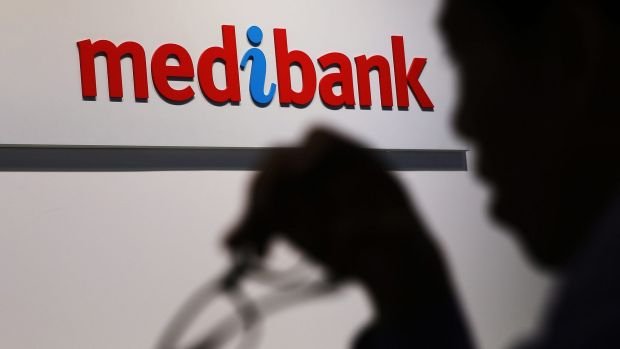Australia’s largest health insurer, Medibank Private, has given investors a pretty worrying prognosis: industry growth is weakening and it is losing market share. The treatment? It’s time to look after customers.
On the face of it, the 12 months to June 2016 looked like a bumper year for earnings as management capitalised on the first full year of operations following the insurer’s $5.7 billion government privatisation.
But the second half showed that growth is slowing, and the company’s new chief executive Craig Drummond is expecting 2017 won’t be much better thanks to “continued market share loss”.
Investors reacted swiftly and decisively to the statement, pushing the insurer’s share price down more than 6 per cent in morning trading.
If the prospect of growth hitting a brick wall wasn’t enough of a concern for Drummond, there’s also the prospect of legal action from the Australian Competition and Consumer Commission over its allegations of engaging in misleading conduct, making false or misleading representations to customers and engaging in unconscionable conduct.
All this – the ACCC says – was an attempt by the insurer to plump up its profit and maximise the value of the company as it prepared for its November 2014 privatisation and sharemarket listing.
It seems clear Medibank is now paying the price for allegedly treating its customers disdainfully. Drummond revealed on Friday that customer numbers had been hurt in the wake of the scandal over the insurer’s conduct, and this trend has continued in the 2017 financial year.
He didn’t put any numbers around how much this has cost the company in terms of customer numbers, revenue or profit, in part because there’s a series of other issues including IT problems and the general level of affordability and value of health care insurance contributing to the outcome.

But with an increase in the number of lapsed policies during the year and a decline in the number of new ones, Medibank’s customer base fell by 2.5 per cent and the number of customers using its main Medibank brand fell by an even larger 3.8 per cent. .
The weakness in customer numbers has led to a fall in revenue growth in the second half.

Drummond told analysts that “it is still a very good business… [but] what we have been doing in and around the customer is unacceptable.” Going forward, the company plans to “hold people [management] to account” by including customer service in the way they are measured for bonuses.
In some respects, the entire industry is facing challenges as people have started to save on their hospital cover, due in part to policy premiums having risen for years at a significantly higher rate than inflation.
Medibank’s overall annual profit was up 46 per cent, but most of this was due to cost savings after the insurer’s privatisation – the low-hanging fruit that many former government-owned companies get by pushing a commercial broom through their businesses.
That fruit has now been mostly plucked. In the December half, Medibank also got a big earnings tailwind from lower growth in its customers’ use of hospital services, something which happened across the industry. But it looks like this tailwind is now barely a breeze.
Drummond, who started at Medibank only a few months back, knows a thing or two about the importance of customer satisfaction. He came from the National Australia Bank – which as one of the country’s big four banks is subject to regular public customer satisfaction ratings.
[Source:- Sydney Morning Herald]



